Recovering from a hamstring injury can be a frustrating process for athletes and active individuals alike. This blog will guide you through understanding hamstring injuries, how to rehabilitate them safely, and a series of exercises designed to gradually restore your strength and flexibility.
Understanding Hamstring Injuries
Hamstring injuries typically involve strains or tears to the muscles at the back of the thigh, which are crucial for bending the knee and extending the hip. These injuries often occur during activities requiring high-speed movements, sudden stops, or extensive stretching. Common causes include inadequate warming up, overexertion, or a lack of flexibility and strength in the hamstring muscles.
The Rehab Process
The duration of rehabilitation from a hamstring injury can vary but starting light exercises within about a week from the injury has shown to be beneficial, as long as the pain is manageable. Early mobilization encourages the muscle tissues to heal correctly and can prevent excessive scar formation, which can lead to decreased flexibility and a higher risk of re-injury.
Rehab Exercises from Easiest to Hardest
Here are five progressive exercises that can help you effectively rehabilitate from a hamstring injury:

Image from Muscle and Fitness
1. Heel Slides
How to Perform:
- Lie on your back with your legs straight.
- Slowly bend one knee by sliding your heel towards your buttocks, keeping your heel on the ground.
- Slide your heel back to the starting position and repeat.
Benefits:
Heel slides are gentle and controlled, providing a way to increase knee joint mobility and gradually stretch the hamstring without straining it too much. This exercise is particularly useful in the early stages of rehab.
2. Hamstring Bias Bridge
How to Perform:
- Lie on your back with your knees bent and feet flat on the ground, closer to your buttocks than in a typical bridge. You can use a Nordpad to help keep you comfortable in this position.
- Lift your hips off the ground by pushing through your heels, focusing on engaging your hamstrings.
- Hold at the top for a few seconds, then slowly lower back down.
Benefits:
This modified bridge puts more emphasis on the hamstrings rather than the glutes, helping to strengthen these muscles in a controlled manner and aiding in the recovery process.
3. Hamstring Curl with OmniStrap
How to Perform:
- Attach the OmniStrap to one foot along with a dumbbell for added resistance.
- Secure the strap tightly. Stand and stabilize yourself with a chair if needed.
- Curl your leg by lifting your heel towards your buttocks and then slowly lower it down.
Benefits:
Hamstring curls specifically target and strengthen the hamstring muscles, promoting healing and helping restore muscle function essential for walking and running.
4. Back Extension with the Nordstick and a Yoga Ball
How to Perform:
- Kneel and secure your feet with the Nordstick.
- Position the Yoga Ball under your thigh.
- Start lying face down on the ground, hands by your sides or in a relaxed position in front.
- Slowly lift your upper body off the ground by engaging your lower back and hamstrings, and keep your head neutral.
- Hold briefly, then gently lower back to the ground.
Benefits:
Back extensions strengthen the lower back and hamstrings simultaneously. Since these areas work together, strengthening both can help prevent future injuries and support the hamstring's recovery.
5. Nordic Curl
How to Perform:
- Kneel on the ground with your feet secured under your Nordstick, and cushion your knees (use a pillow or a NordPad).
- Slowly lower your body towards the ground, using your hamstrings to control the descent as much as possible.
- Use your hands to catch yourself as you lower, then push back up to the kneeling position.
You can also make the progression easier to achieve with the OmniBands. It's made specifically to help you perform a perfect Nordic Curl rep as you slowly work toward regaining your hamstring flexibility and strength.
Benefits:
The Nordic curl is an advanced exercise that places significant stress on the hamstrings in their lengthened state, which can greatly enhance strength and resilience.
Returning to Sport
The best time to return to your sport after a hamstring injury depends on the severity of the injury and how well your rehabilitation is progressing. It's crucial to seek guidance from a healthcare professional or physical therapist to assess readiness. They can provide personalized advice and ensure that you have regained sufficient strength, flexibility, and pain-free movement before returning to full activity.
Conclusion
Recovering from a hamstring injury requires patience and diligence. By incorporating these exercises into your rehabilitation program, you can help ensure a safe and effective return to your normal activities.
Always listen to your body and seek professional advice to tailor the rehab process to your specific needs, optimizing your recovery and minimizing the risk of further injury.
Remember, healing completely before pushing yourself hard is key to a sustainable return to any sport or activity.
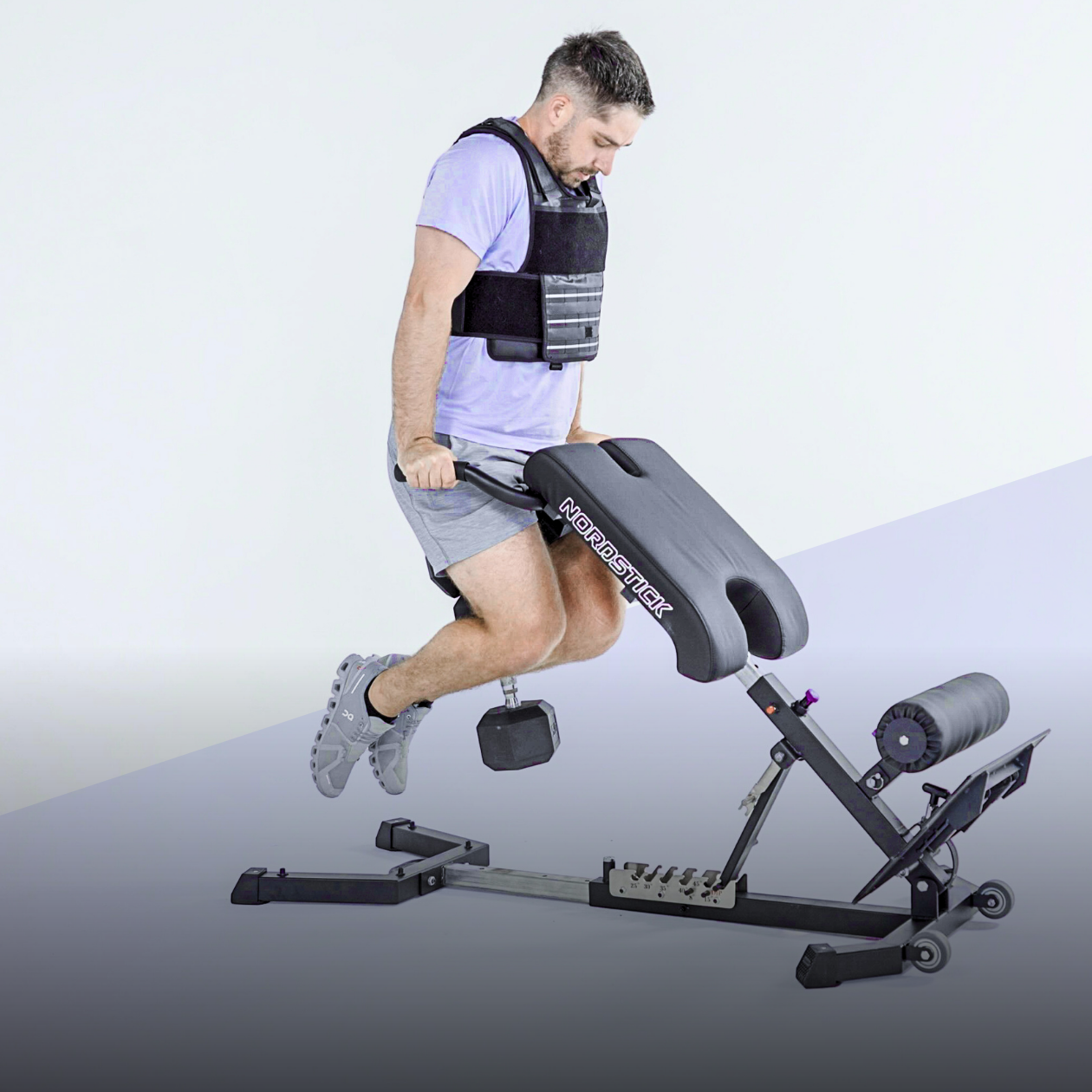
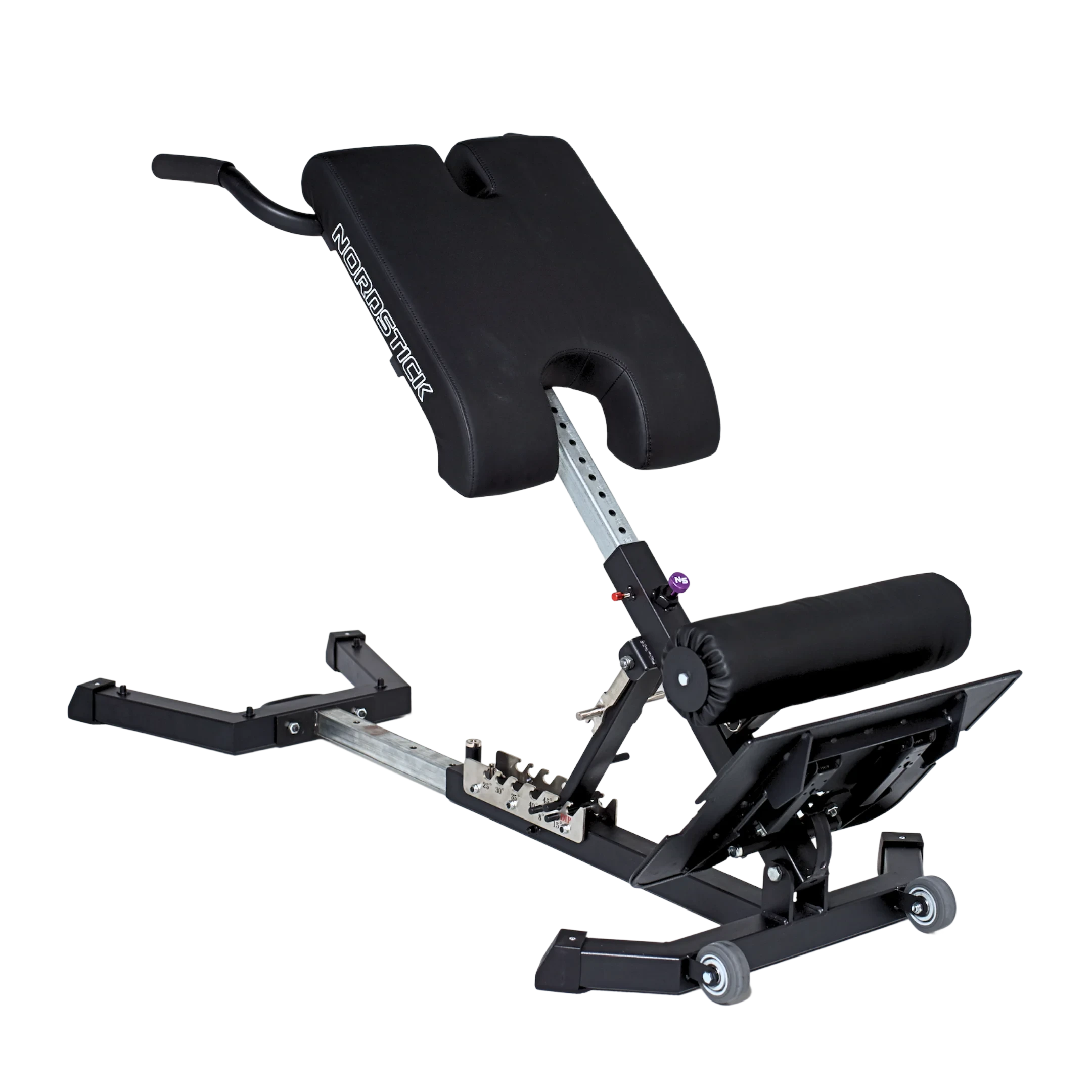
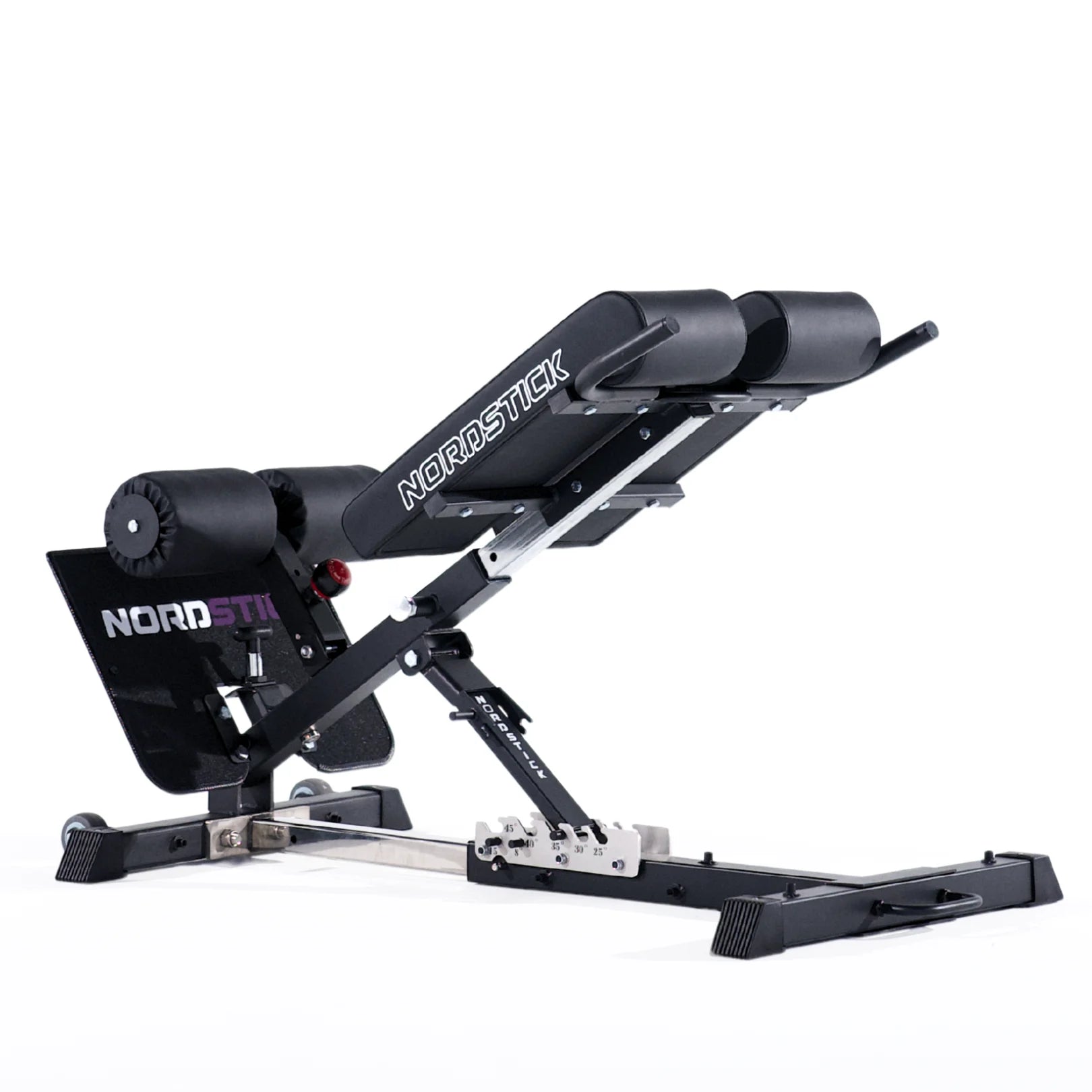





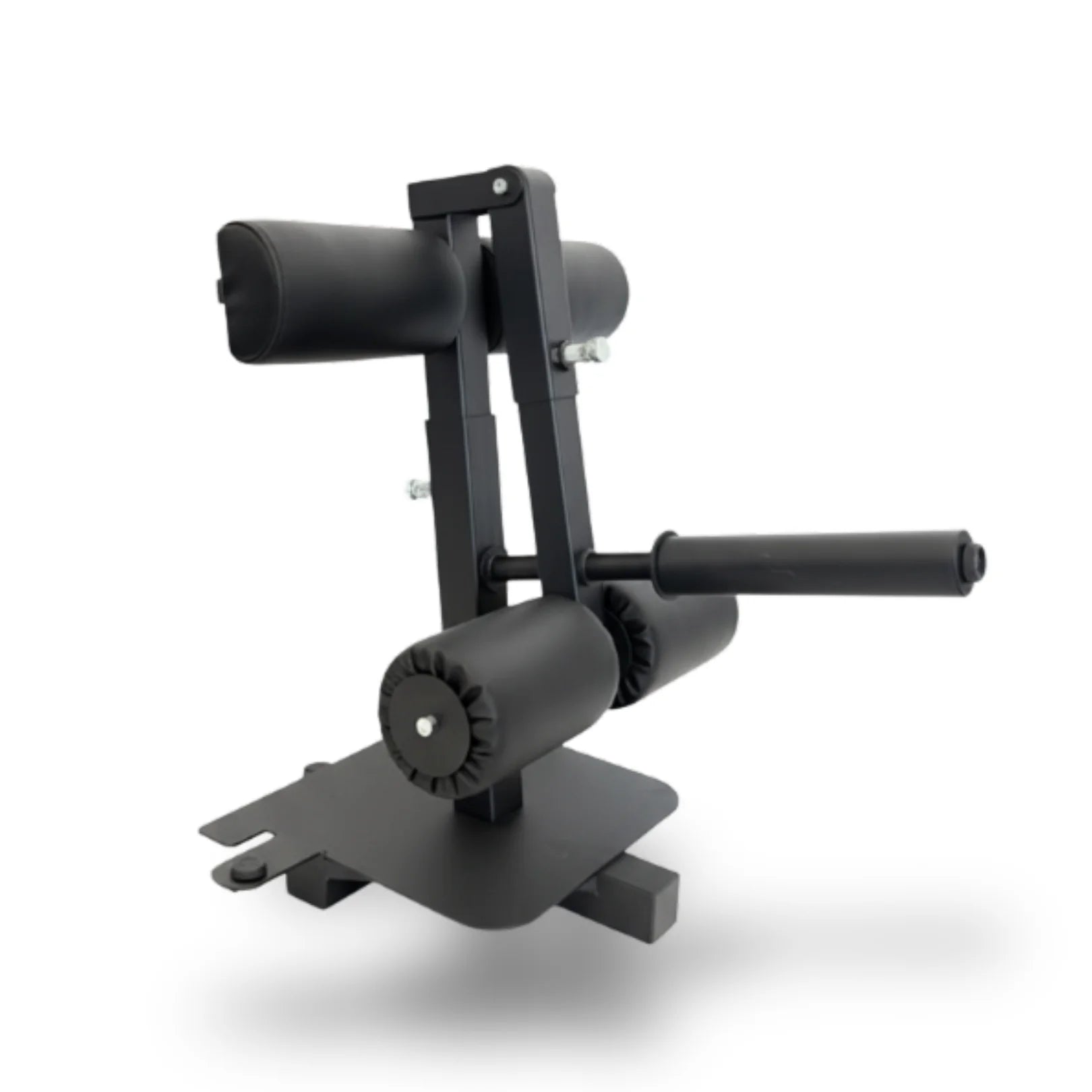
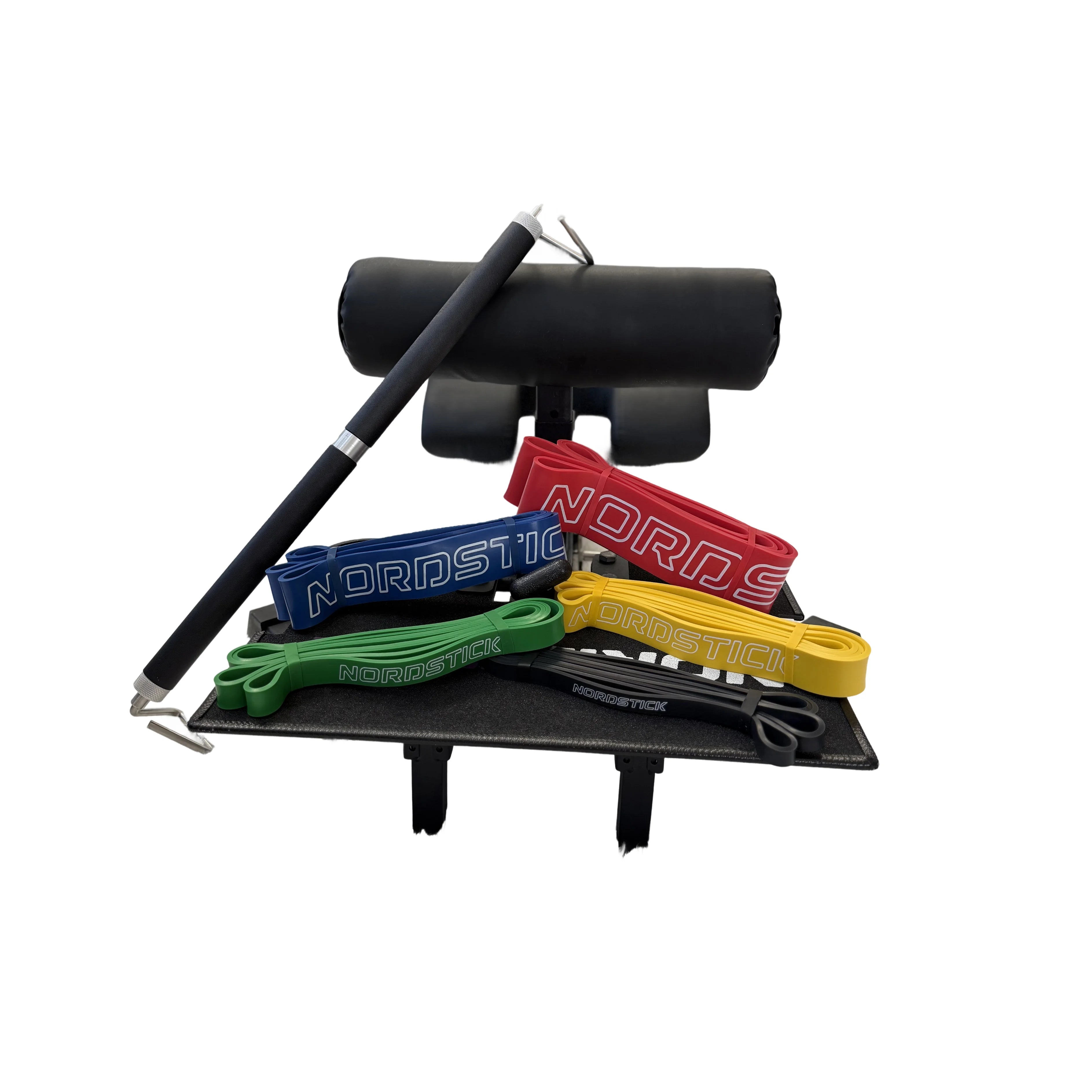
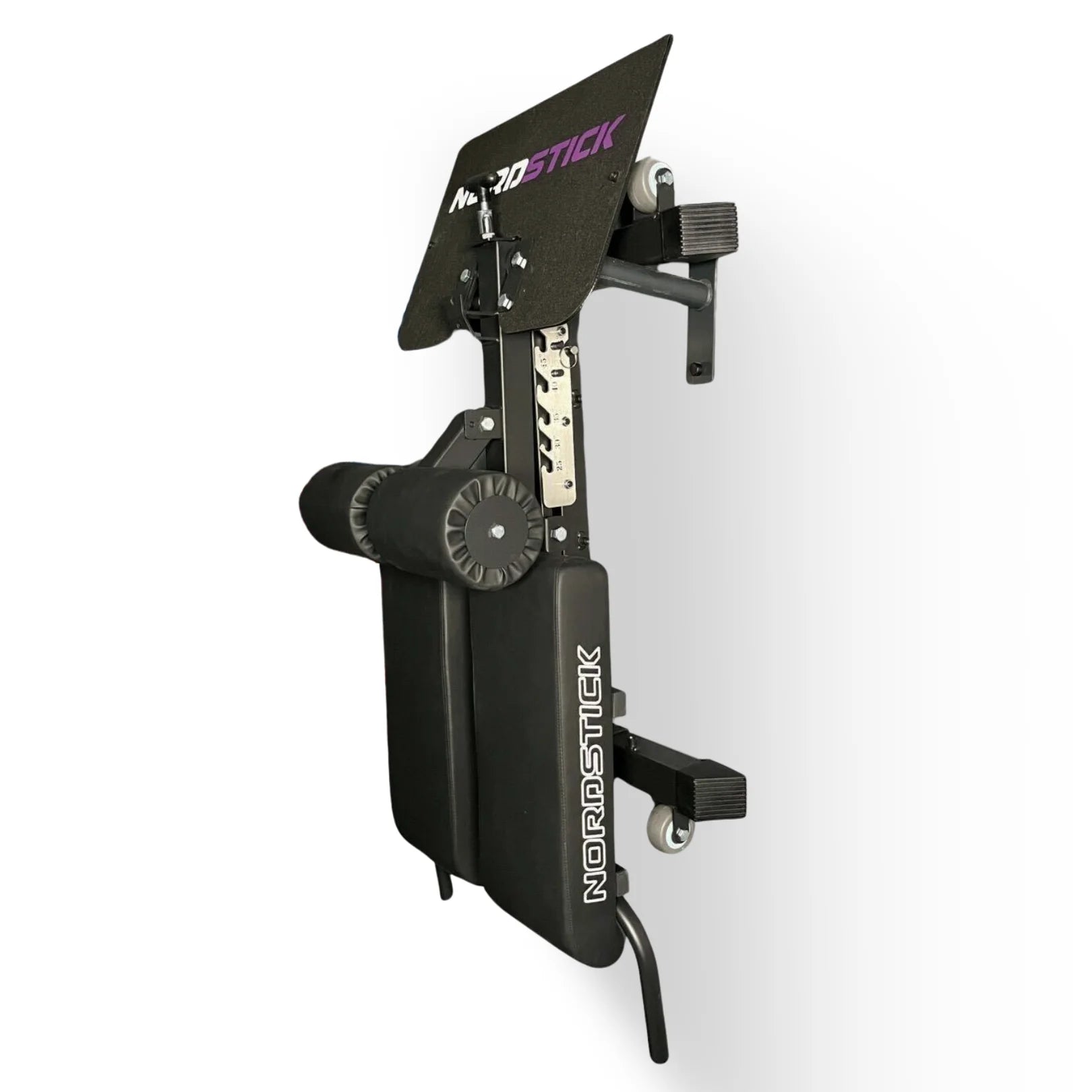
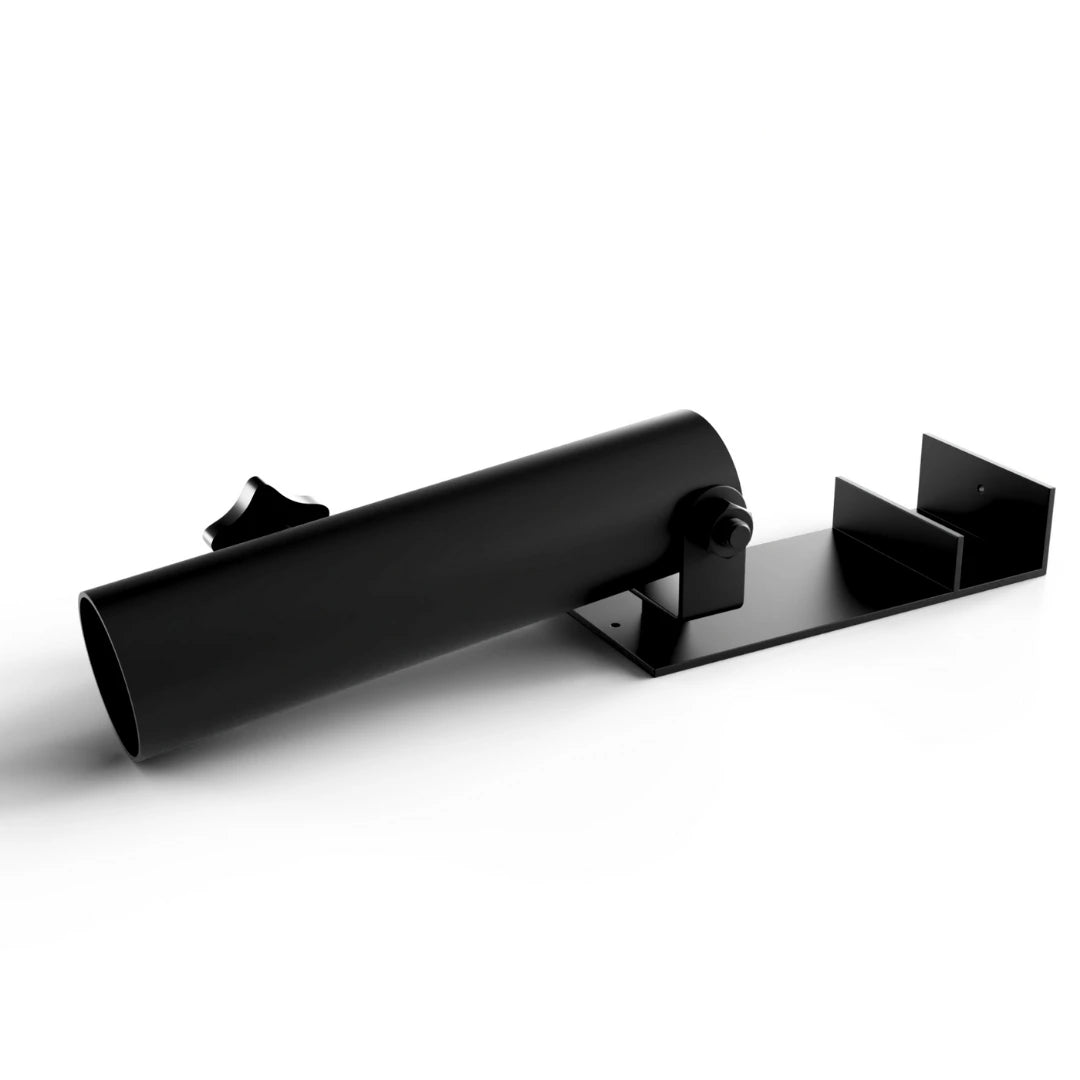
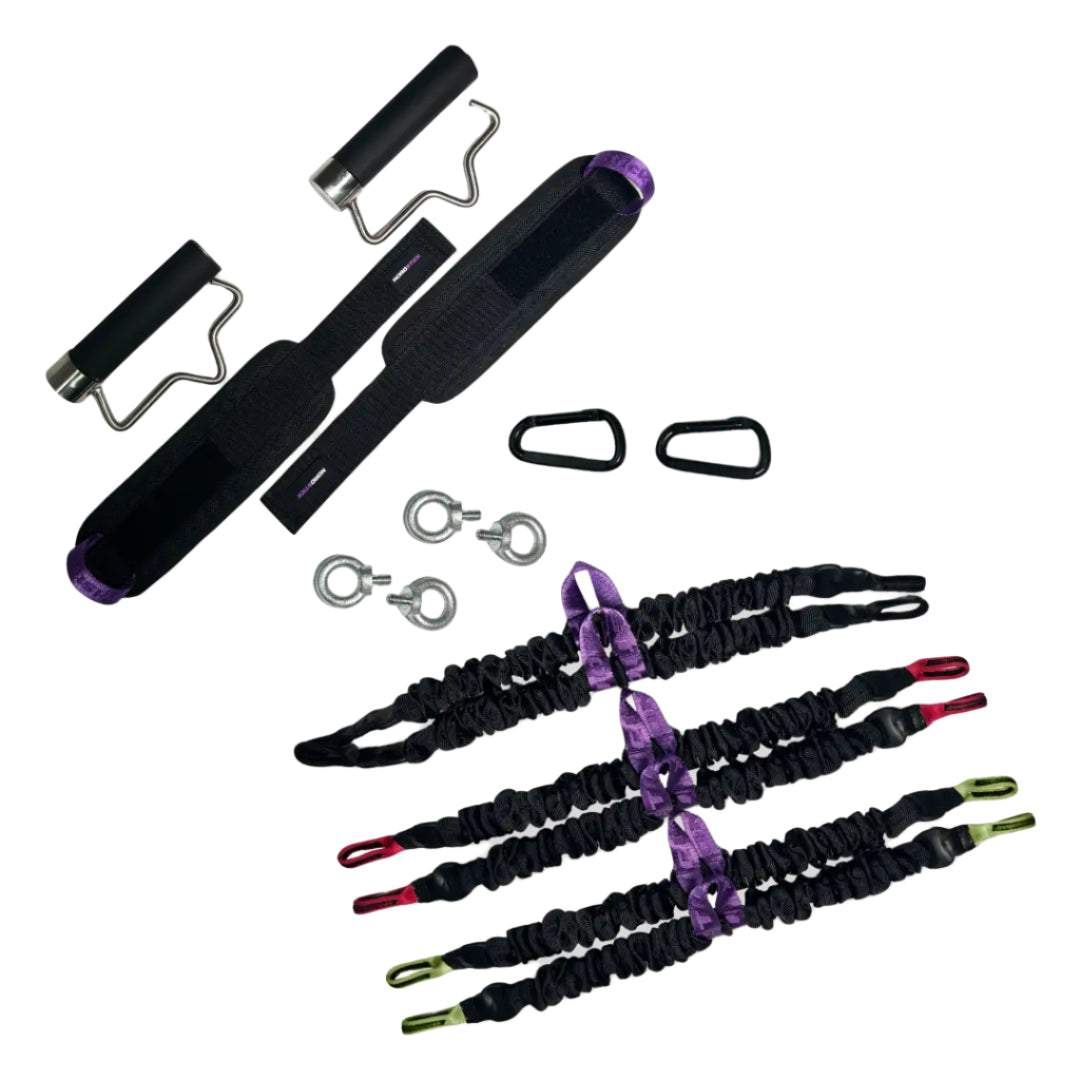
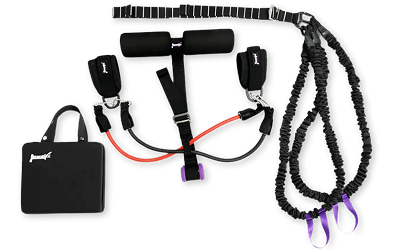
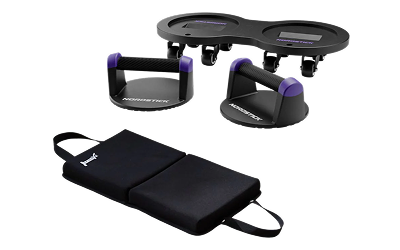
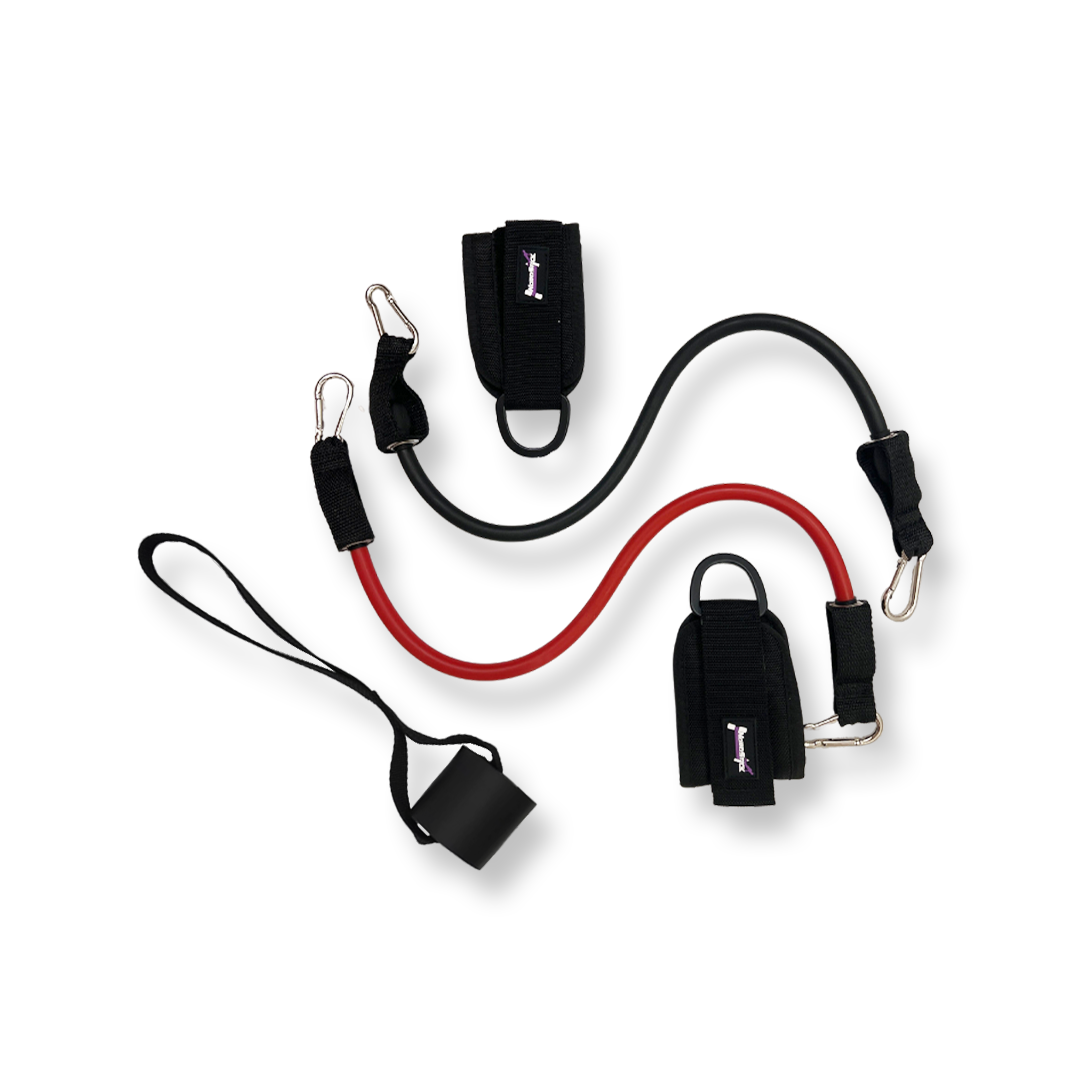
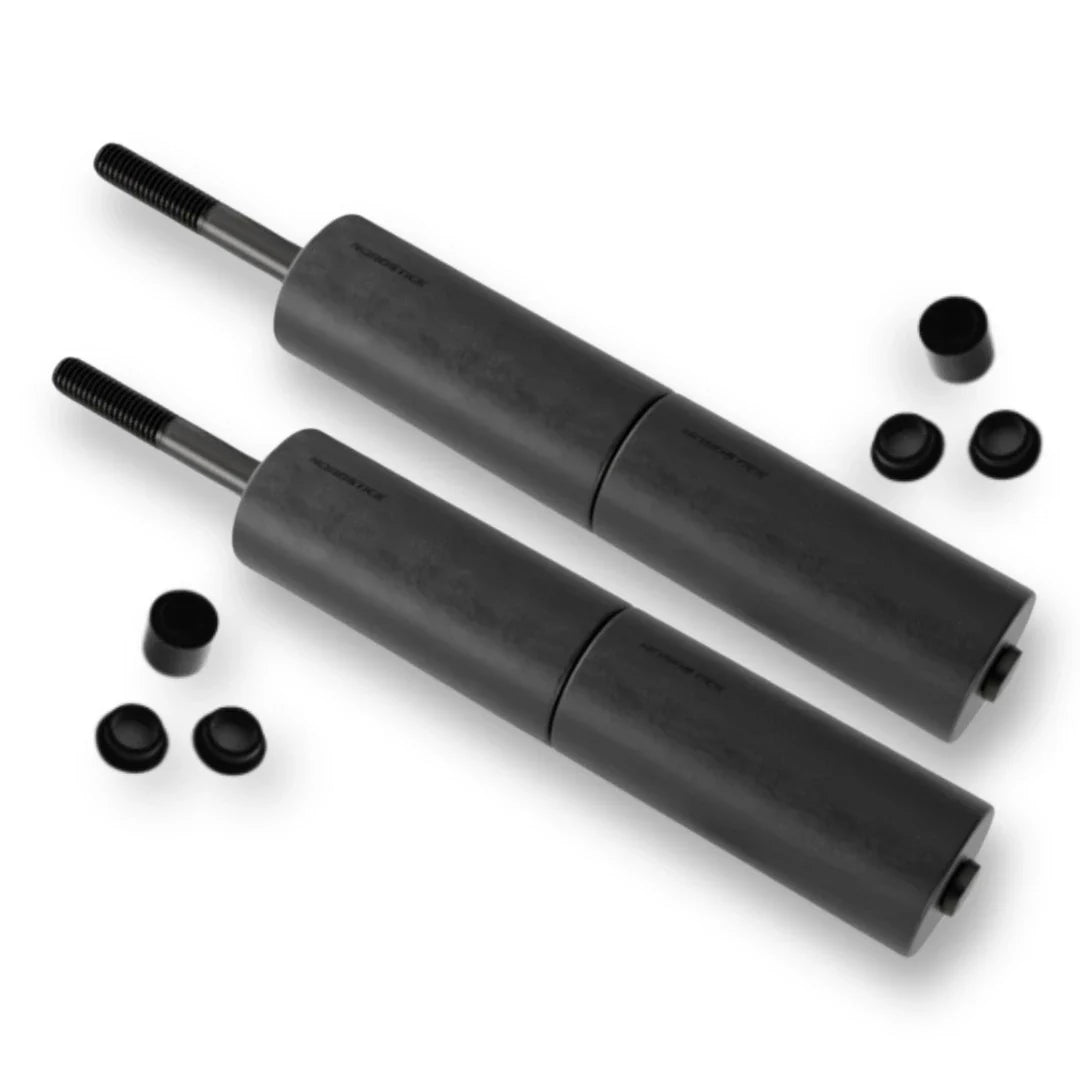
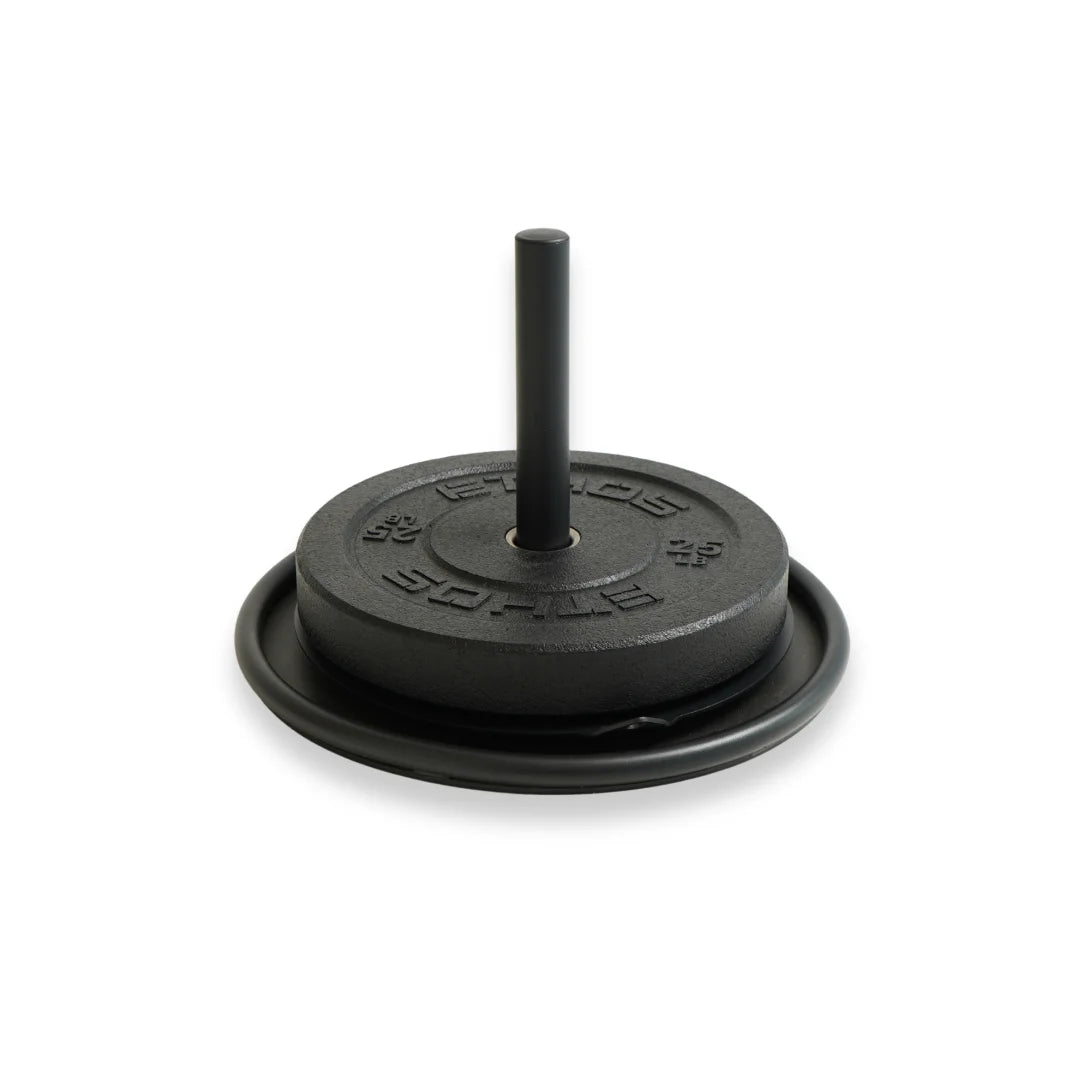
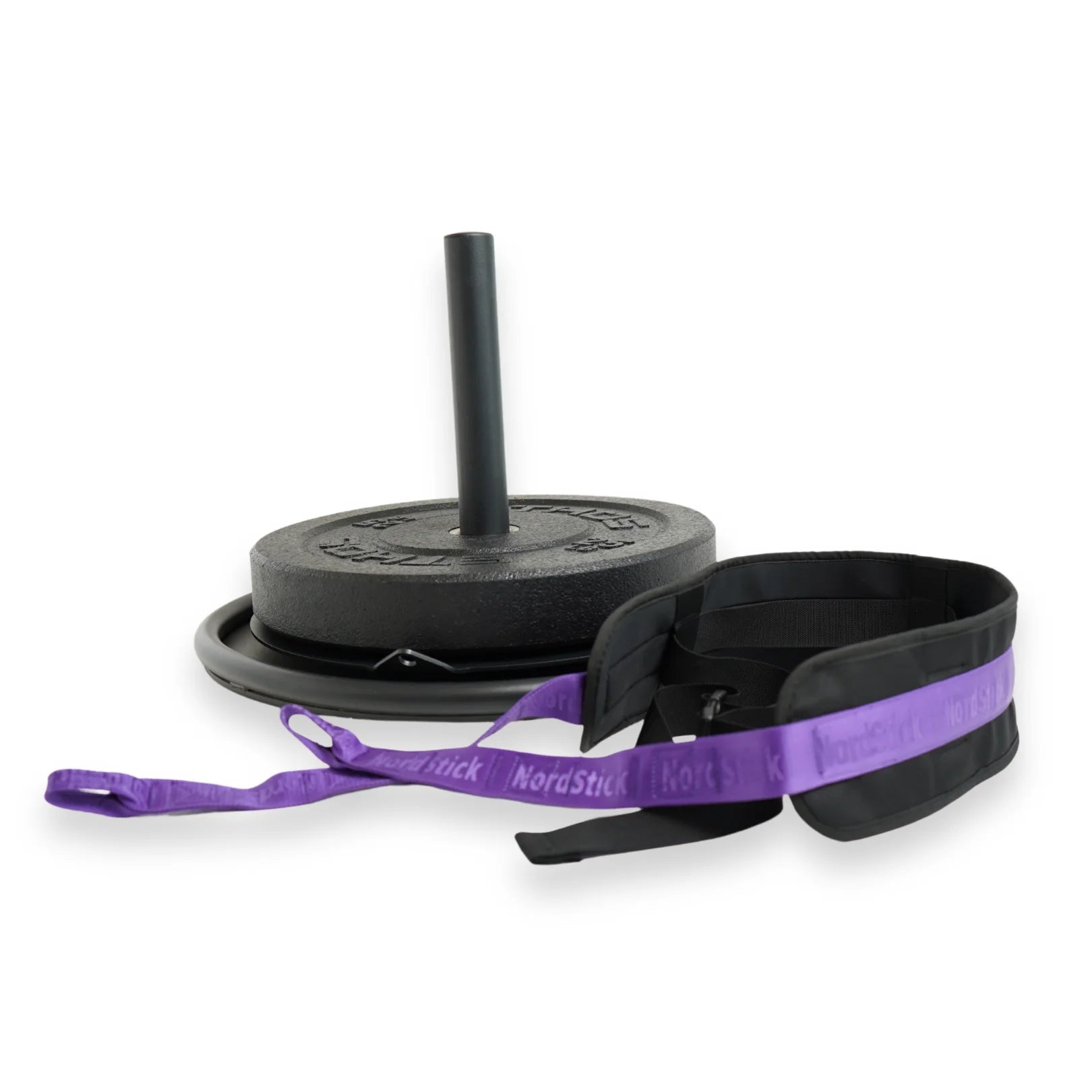
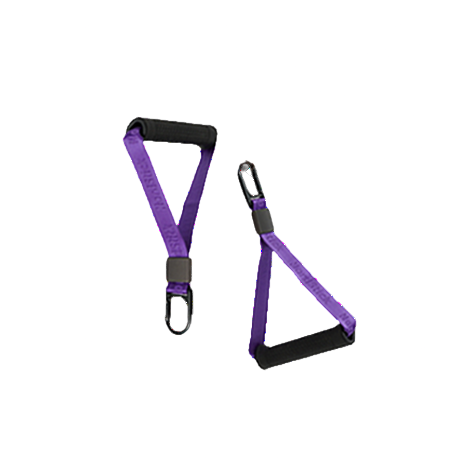
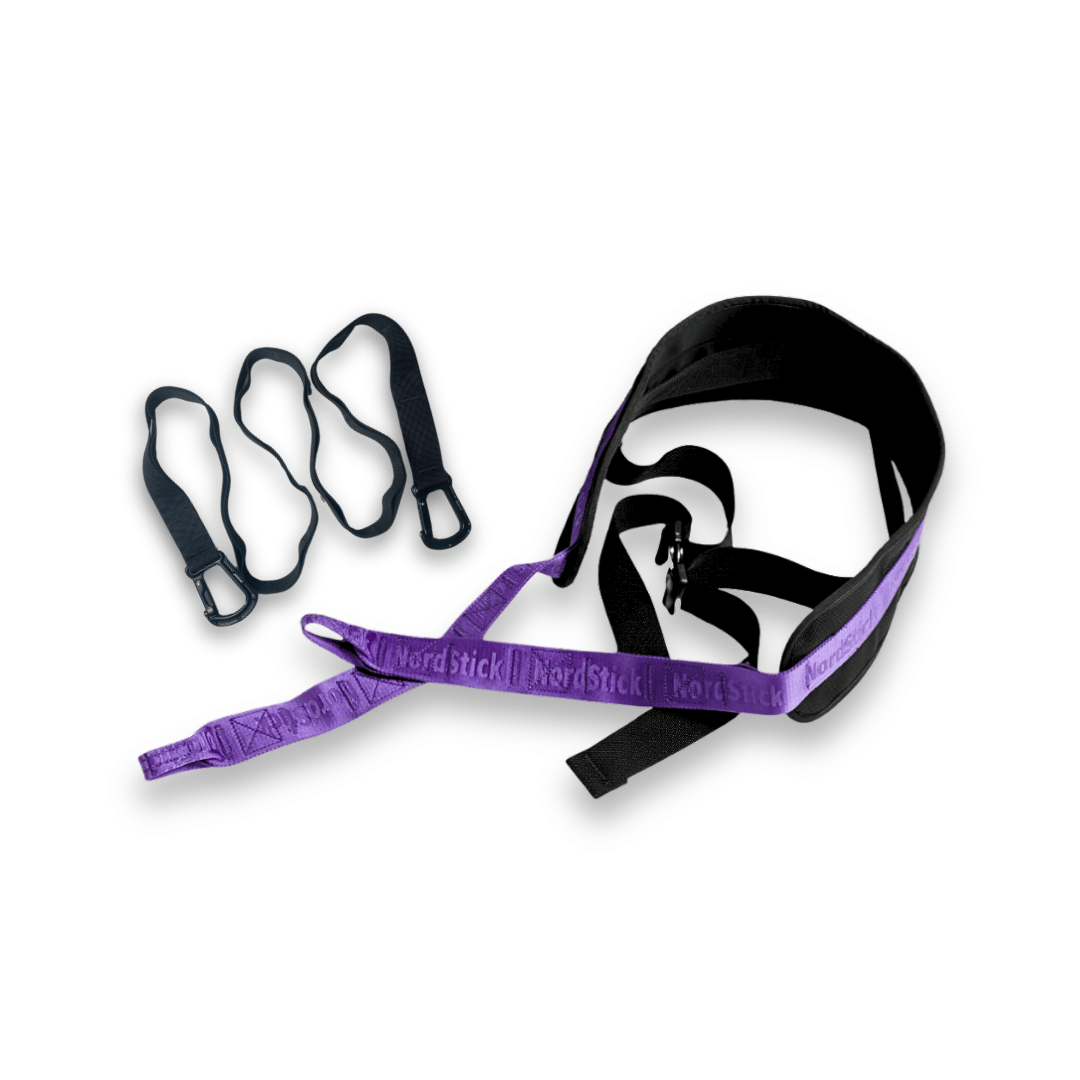
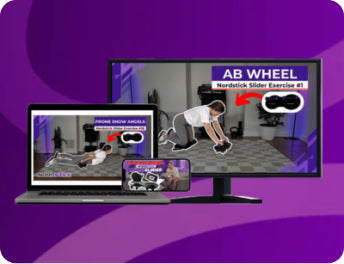


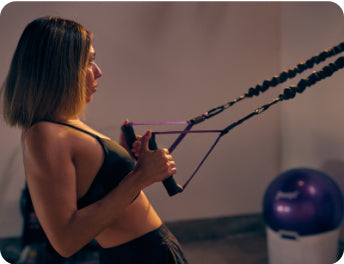


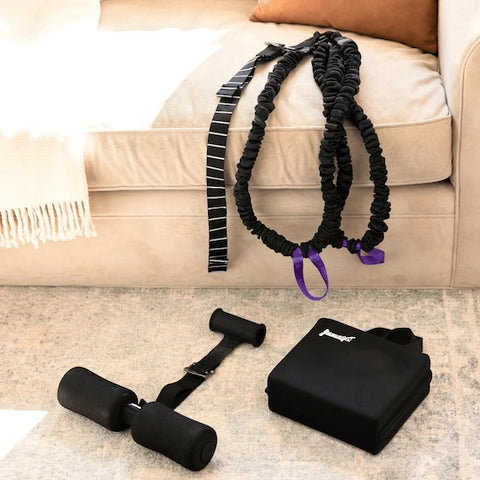

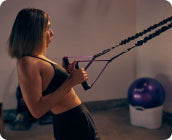
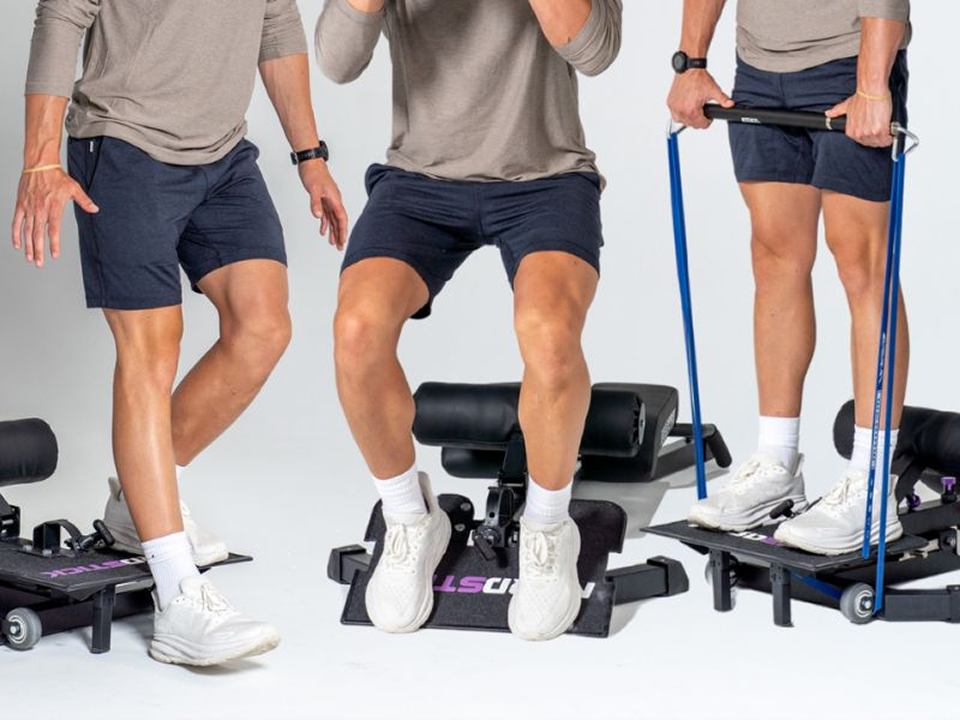
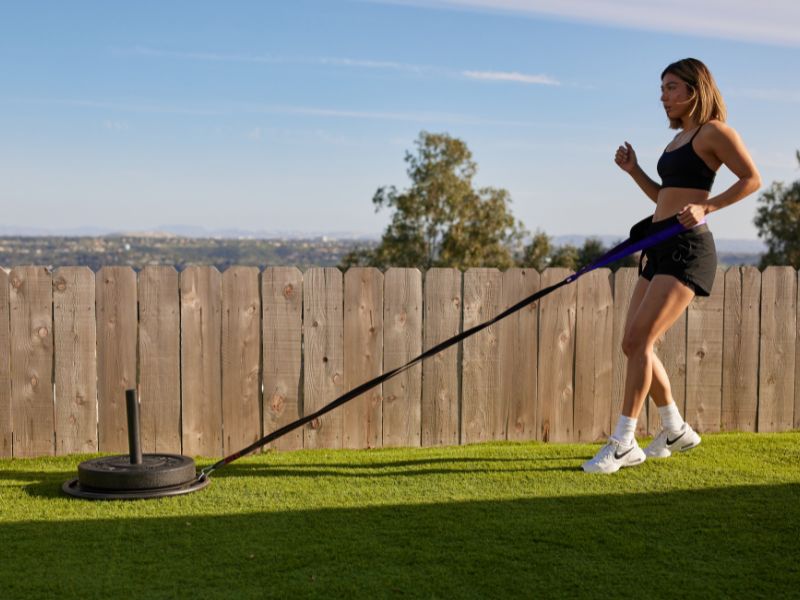
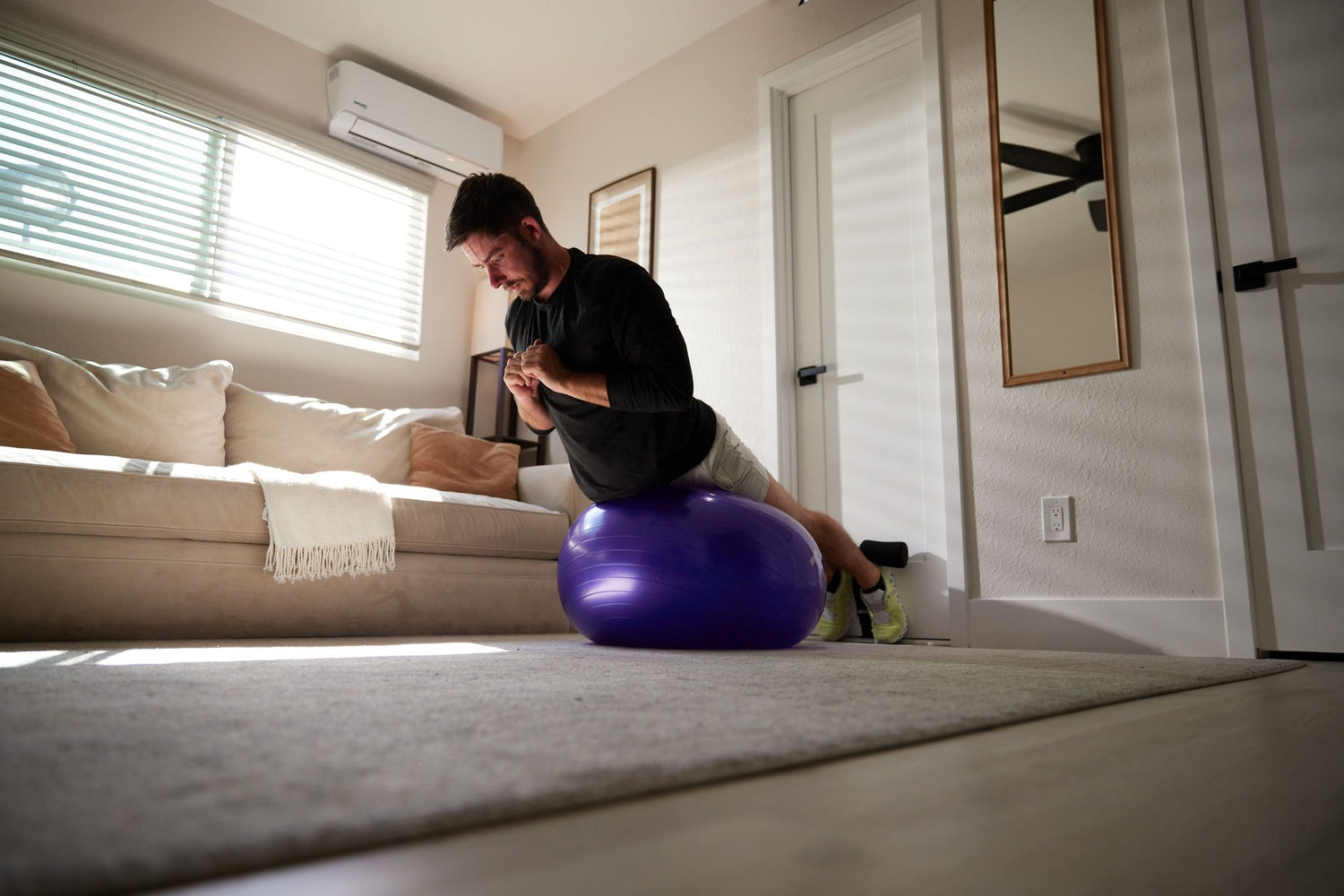






Leave a comment
This site is protected by hCaptcha and the hCaptcha Privacy Policy and Terms of Service apply.